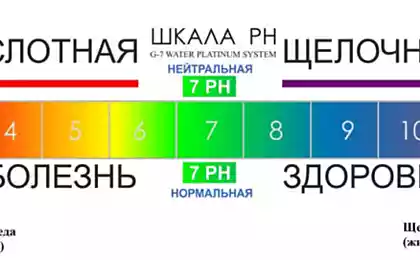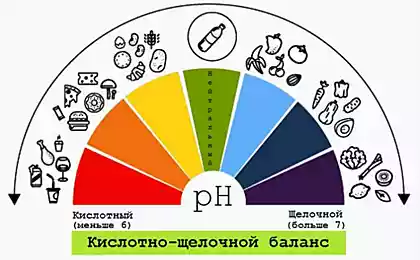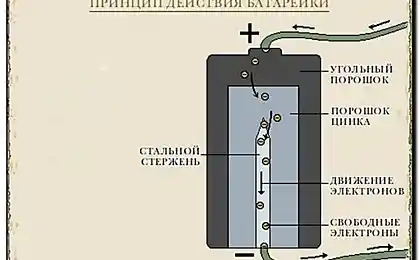184
Created a “battery” that receives energy from saliva
Researchers from Saudi Arabia and the United States, led by Muhammad Hussain from King Abdullah University of Science and Technology, have created a fuel cell on graphene that can draw energy from... saliva. No, give up your dreams: getting energy is still not a “spit once”. Micron device produces only 1 μW, which is not surprising, since saliva is still not quite gasoline. Nevertheless, it is very interesting: the development should show itself as a means of rapid medical diagnosis. But what's more interesting is, how did you get energy out of something that can't be fuel?
The micron bacterial fuel cell has two chambers, a cathode and an anode, separated by a semipermeable membrane. Hexacyanoferriates are usually used as a cathode filler. Come on, another reader will be outraged: “Frog your ration me at least with sugar, I will not take it in my mouth, and I will not take a rotten herring either!” Absolutely true: the substance, in the name of which there is “cyanide”, even in the mouth do not want to take (especially since the compound is toxic), and here also medical diagnosis.
Alas, it is hexacyanoferriates that provide the high density of electron acceptor packaging that oxygen used in large, full-scale fuel cells does not want to provide. Replace them with oxygen? To ruin the whole thing, because the efficiency of the fuel cell will be too low to power even the diagnostic sensor. What about it? The researchers created a multilayer graphene shell, which was used as an anode that does not require a membrane, which ultimately allowed to reduce the internal resistance of the entire structure and obtain an acceptable current when used as an oxidizer of ordinary air oxygen.
Instead of a membrane, a millimeter rubber plate was laid between the graphene anode and the cathode, in which a 5×5 mm square hole was cut. Then several microtubules were attached to the rubber plate to inject saliva fed into the system with a normal small syringe. Where does the energy come from? Saliva, of course, is mostly made up of water. And yet it has inorganic and organic compounds that bacteria can use as fuel. Despite its micron thickness, the new bacterial fuel cell gives a current density per square meter equal to 1,190 A/m3. This is better than any micron plant of this type known today – and the indicator is obtained without any toxic and complex oxidants at the cathode. This was achieved because the graphene anode gives out 40 times more per unit area than ordinary carbon, since electrons on graphene move to the cathode much faster than on ordinary carbon.
“We are the first to show that saliva (and most likely other highly concentrated organic fluids) can be used to power bioelectronic devices,” Hussain said. “By producing about one microwatt, our micron-sized bacterial fuel cell is already capable of powering a lab-on-a-chip, say, electroencephalogram imaging system, capable of here and now warning of an impending epileptic seizure.” Another application may be a saliva conductivity sensor, the parameters of which in humans often change. So, five days before ovulation, saliva conduction drops sharply, which can be used for non-invasive family planning, allowing the built-in sensor with wireless communication to know in advance when a woman is most prone to conception.
Source: brainswork.ru
People conducting most of the time at the computer, threatened by osteoporosis
Green skyscraper Bosco Verticale in the middle of Milan























